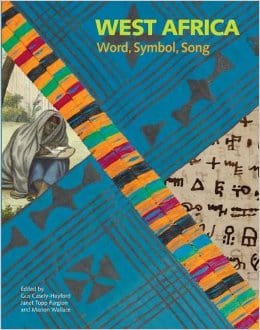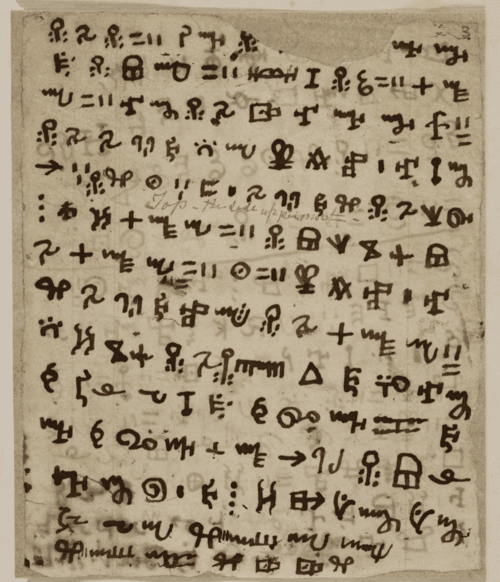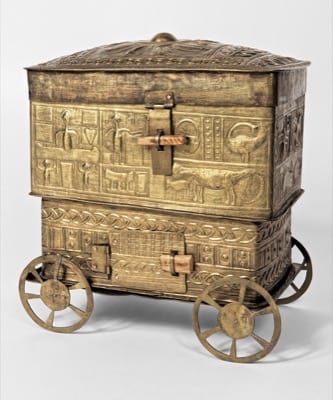 Starting in mid-October, the British Library will showcase an exhibition, entitled “West Africa: Word, Symbol, Song,” featuring the dynamic history of 17 West African nations in London.
Starting in mid-October, the British Library will showcase an exhibition, entitled “West Africa: Word, Symbol, Song,” featuring the dynamic history of 17 West African nations in London.
SEE ALSO: Made-in-Africa: With Bead Making, Authenticity Prevails
From October 16th to February 16, 2016, the British Library — through sound recordings, books, film, woven printed textiles, and photographs — will display the sophisticated beauty and intelligence of West Africa.
The West African exhibition, which took four years to prepare, is a first for the British Library. For their initial foray in to the deep history of West Africa up to the present-day contributions of Nobel prize winner Wole Soyinka and award-winning socially conscious artist Fela Kuti, the British Library provides a close lens on West Africans’ use of words — both printed and oral — to create and sustain their complex societies.
Marion Wallace, one of the curators of the exhibition, writes of the offering:
It will showcase music and literature – both written and oral – from the region, and demonstrate how West Africans have harnessed the power of words to build societies, drive political movements, sustain religious belief and fight injustice. In doing so it will reference a millennium of history and bring visitors right up to the present.
Throughout, we are telling the story of how word, symbol and song have shaped history, politics and religion in West Africa and beyond. The region has a remarkable number of graphic systems and locally invented scripts, some of recent origin, some centuries or even millennia old. West Africans have also invented numerous other means of long-distance communication.
The language of ‘talking drums’ is the most famous, as in this recording of Asante atumpan drums, made by Robert Sutherland Rattray in Ghana in 1921. There are also other sonic systems – ‘talking whistles’, for example – as well as coded objects, such as the ‘aroko’ messages, formed of cowrie shells and seeds, of Nigeria.
Consequently, on display is Liberia’s Vai script (pictured below), which was created during the 19th century:

The script of southern Niger and Northern Nigeria and Chad from the late-18th and early 19th centuries:

The forowa, a sheet-brass box, from Ghana was created before the 1900s and is a powerful symbol of Ghanaian culture:
The Saddlebag Qur’an from the late-18th or early 19th century:
The rich oral tradition of griots, which is represented in “Travels in the Timannee, Kooranko, and Soolima Countries in Western Africa” artwork:
And the Odwira festival of Asante, Ghana, which is rendered in the “Mission from Cape Coast Castle to Ashantee” artwork below:

Buy tickets to the West Africa exhibition here.
SEE ALSO: GroFin Launches in Uganda To Support Growth of Small Businesses in Africa













